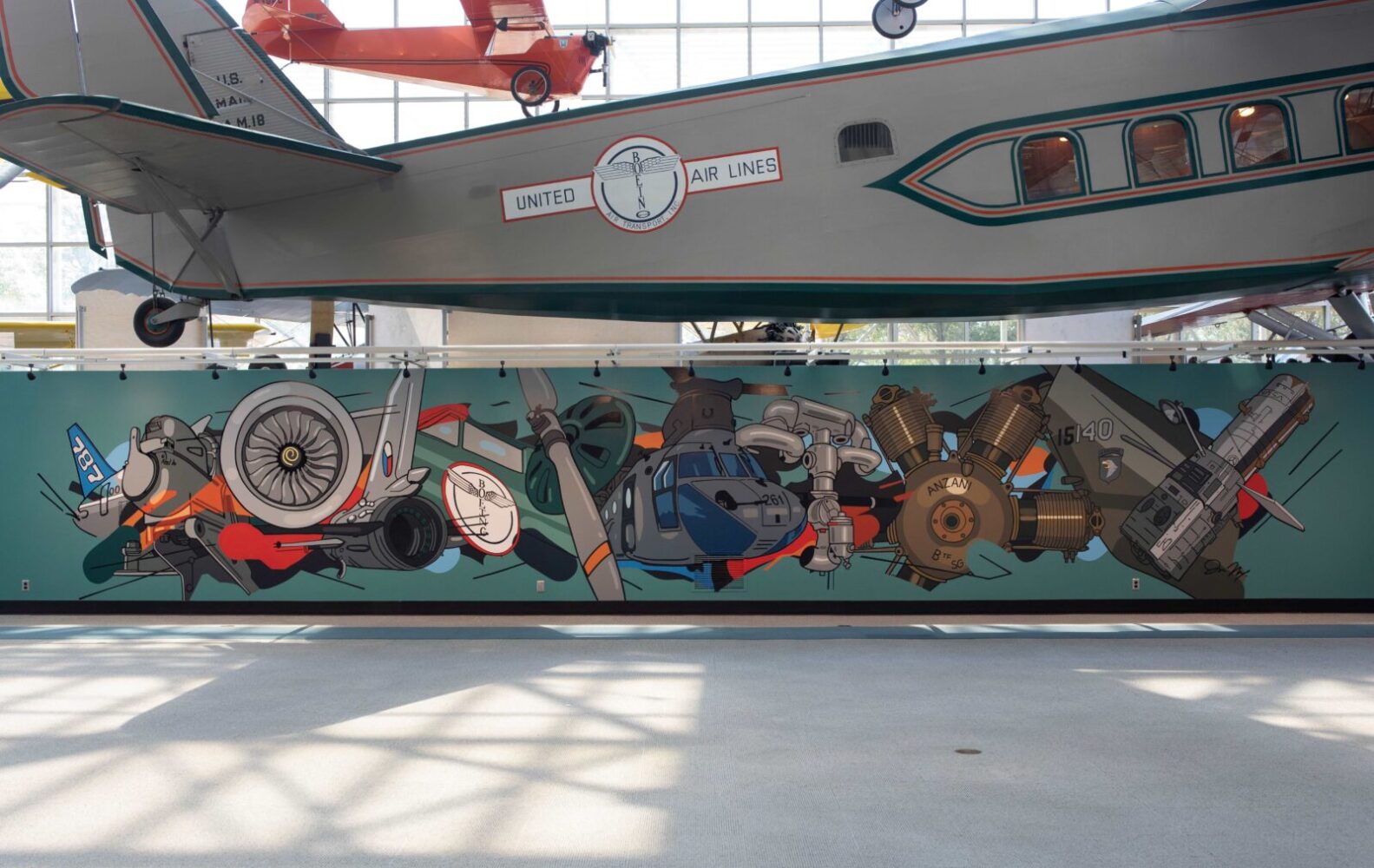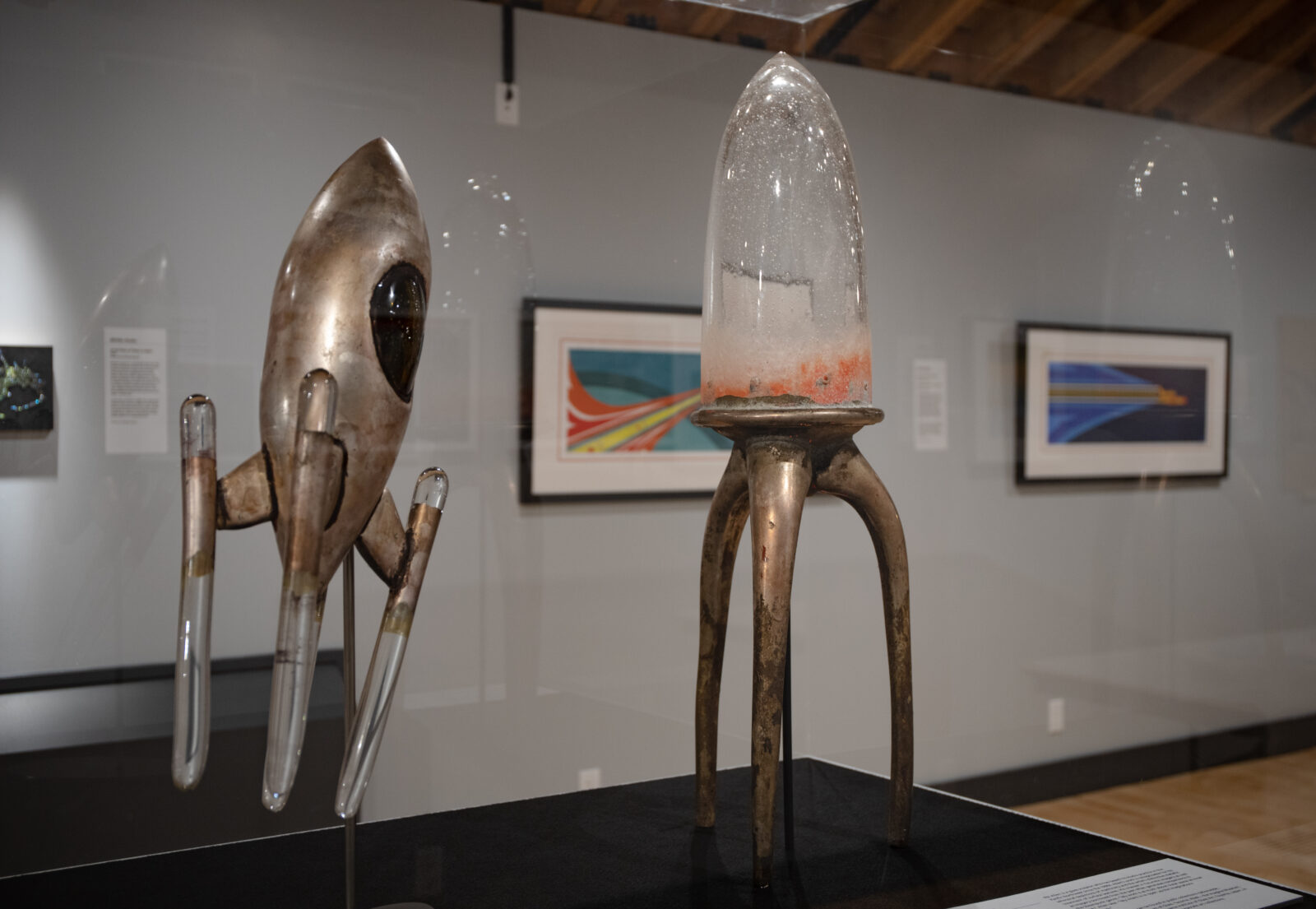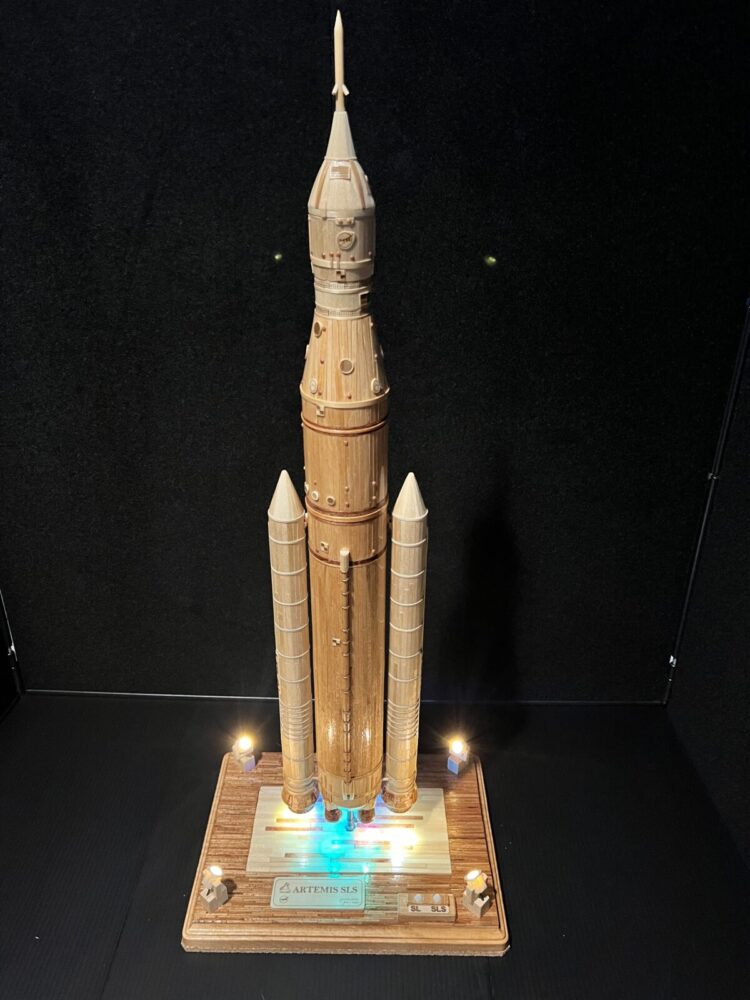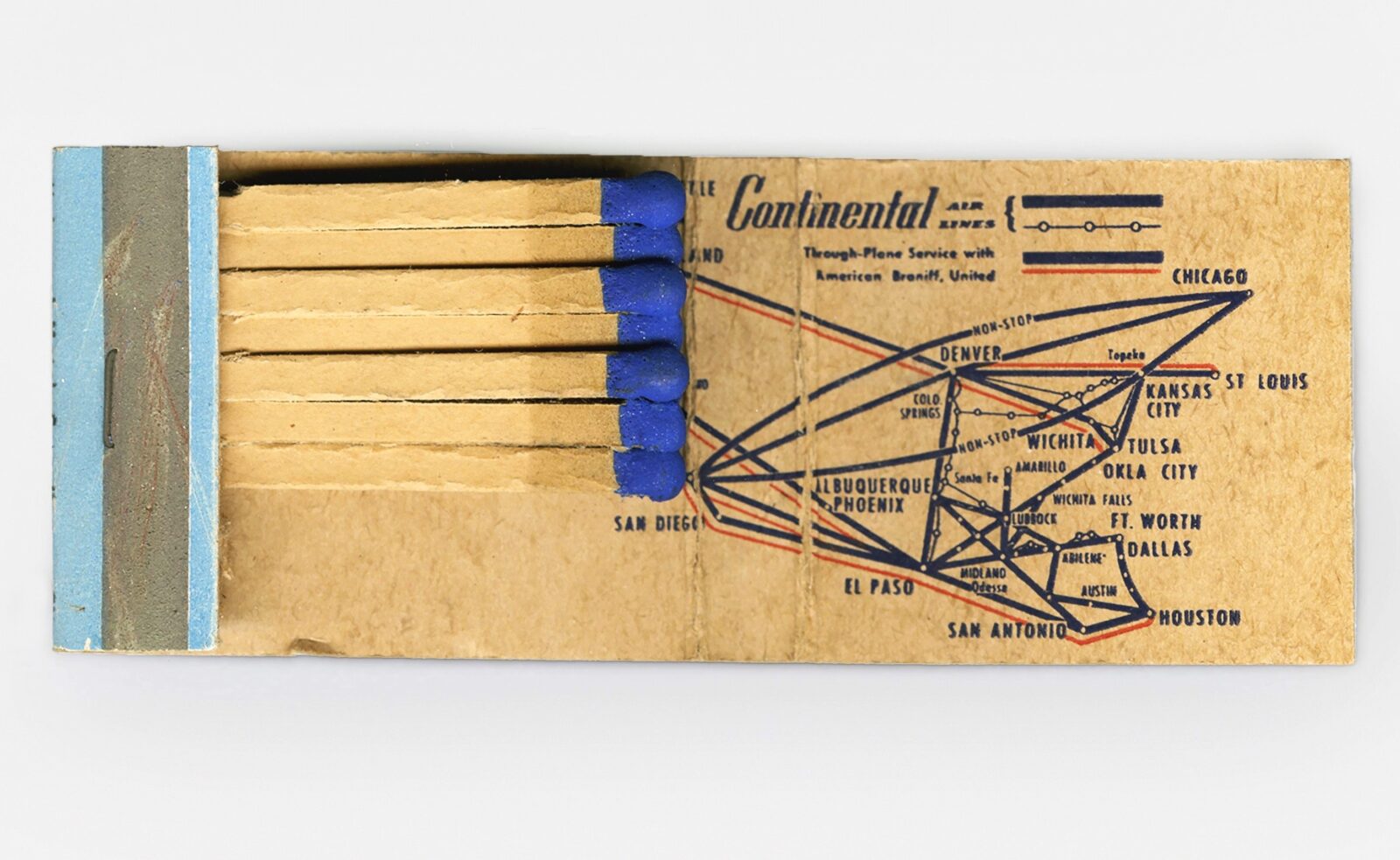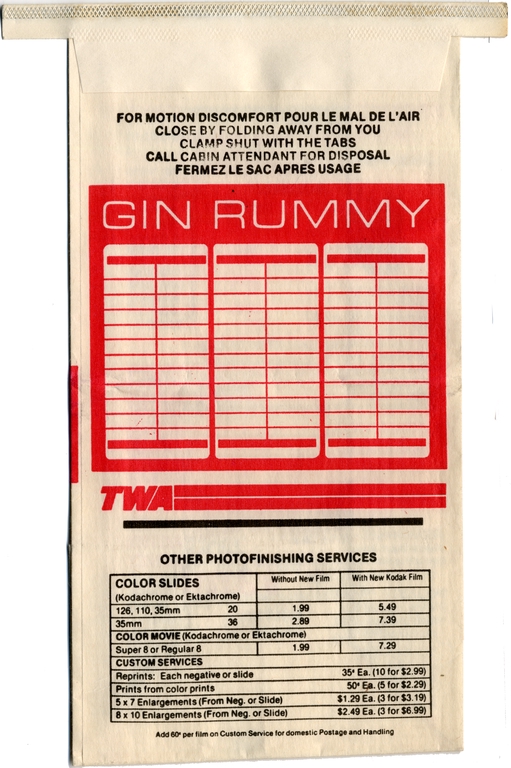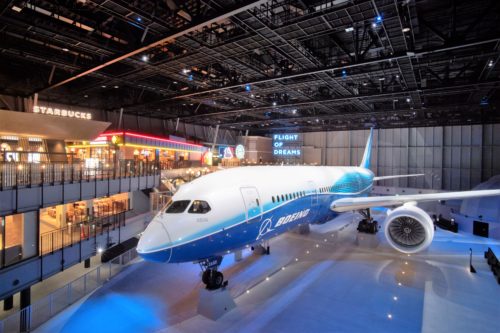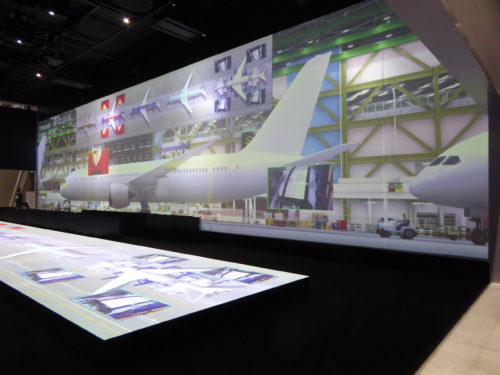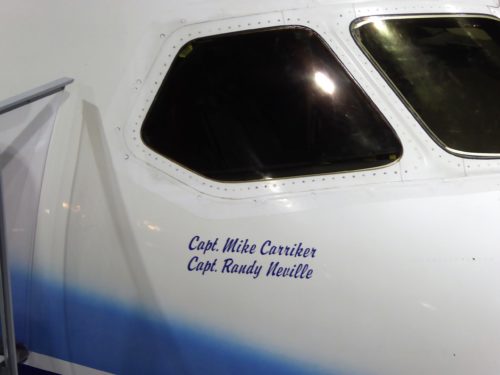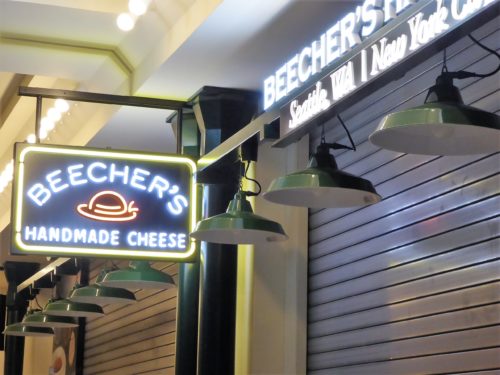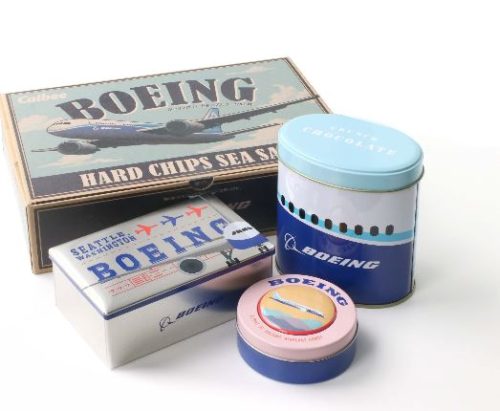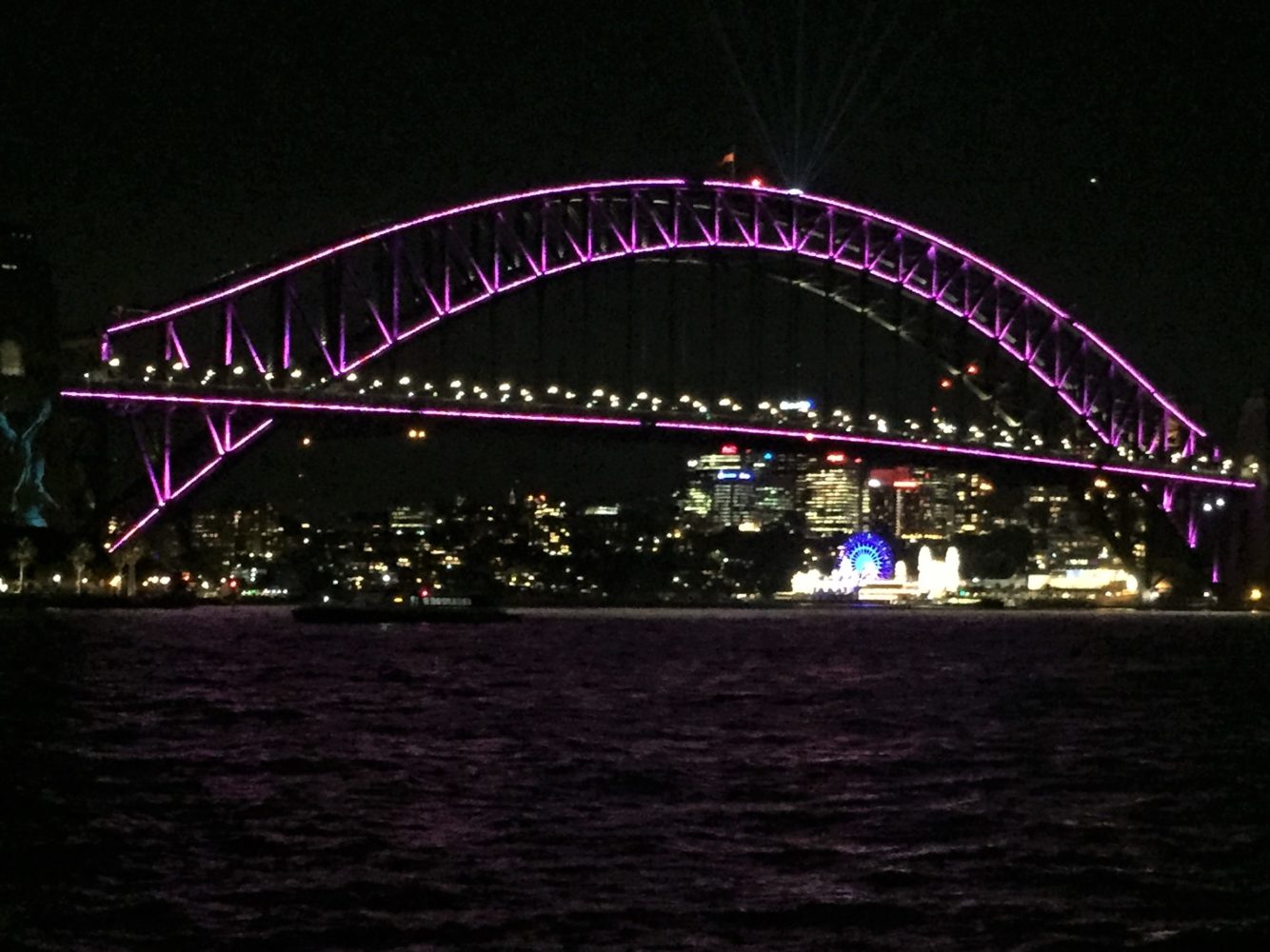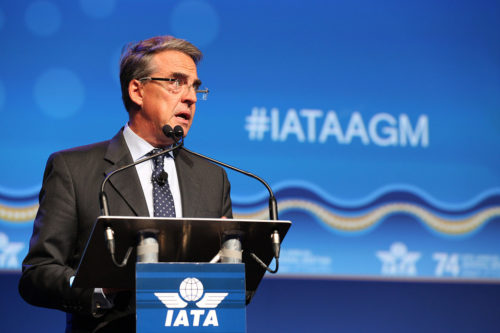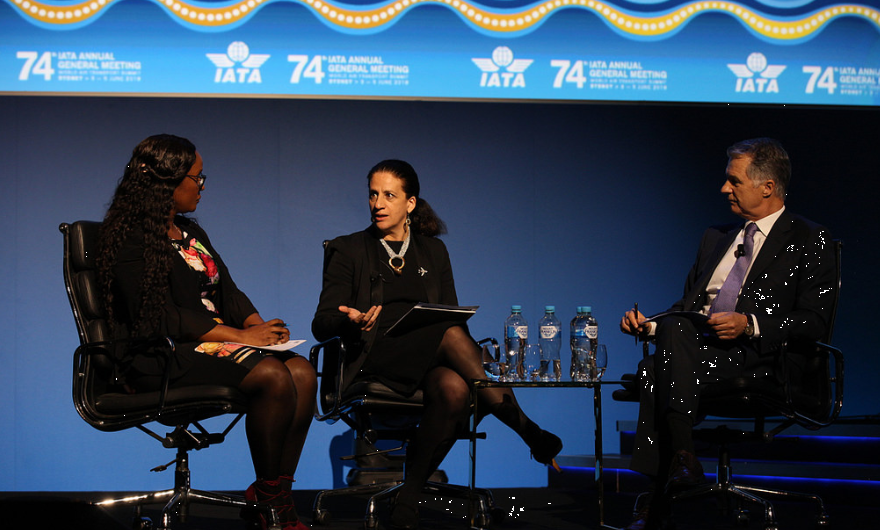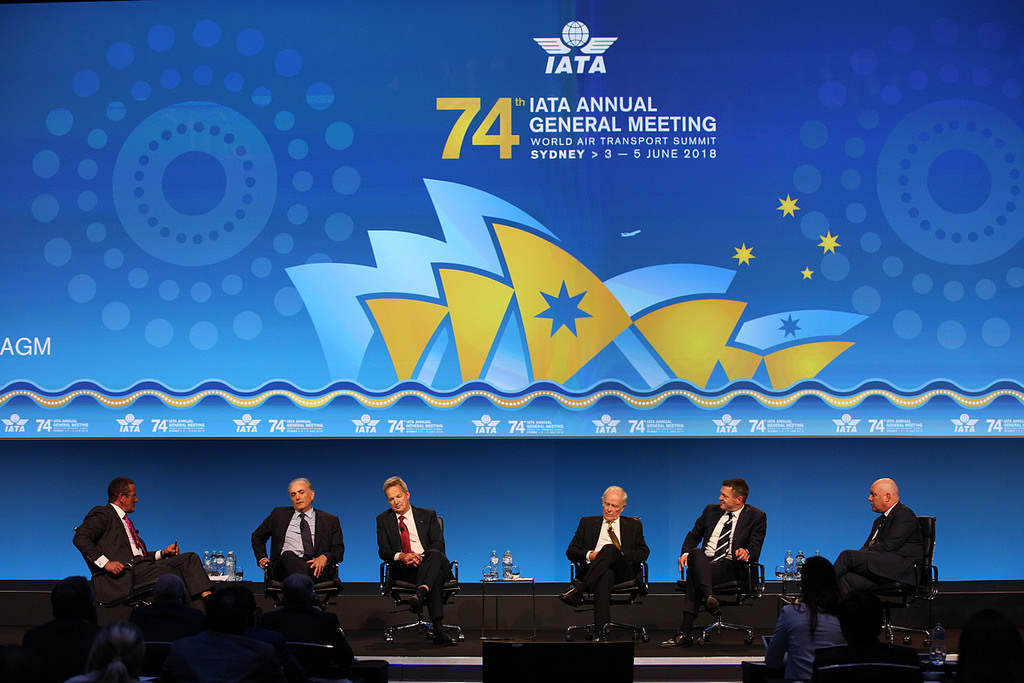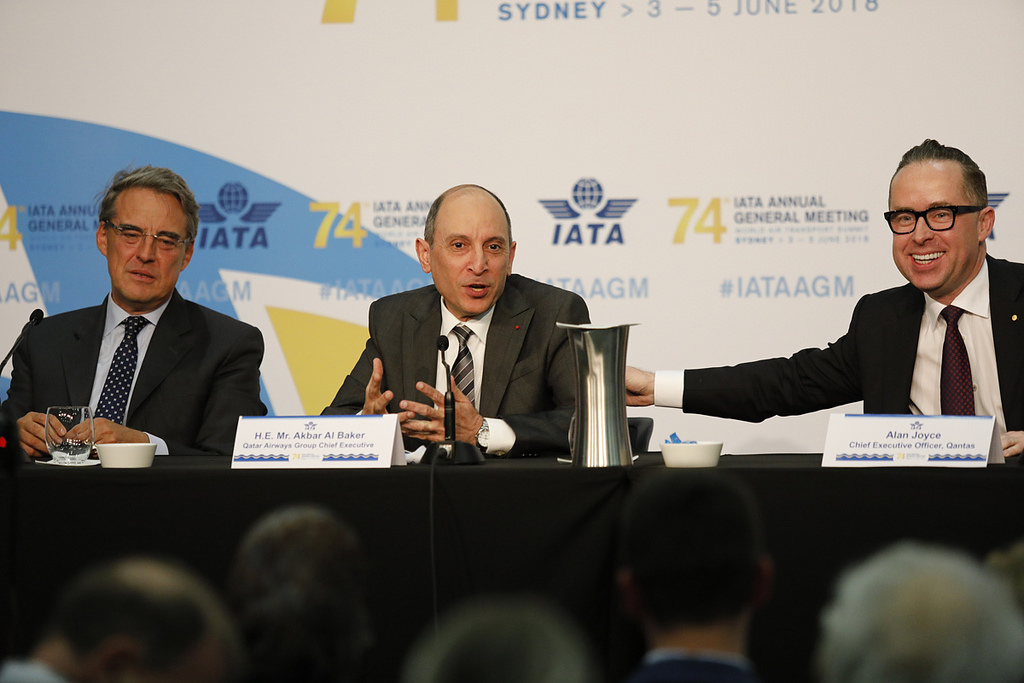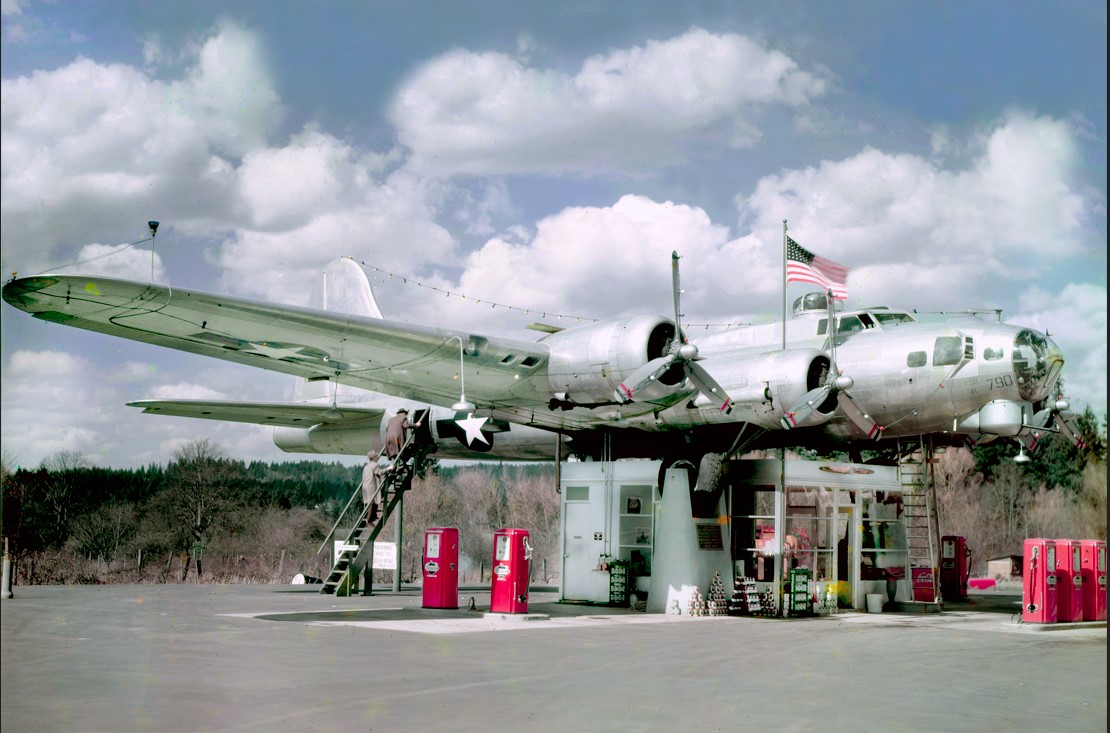
The Stuck at the Airport road trip team visited Oregon recently to check on the status of a World War II-era B-17 Flying Fortress that served for years as a roadside attraction along the highway in Milwaukie, OR, not far from Portland.
The non-profit B-17 Alliance is restoring the B-17 in Hangar “C” at Oregon’s historic McNary Field/Salem Municipal Airport and we were delighted to get a tour.
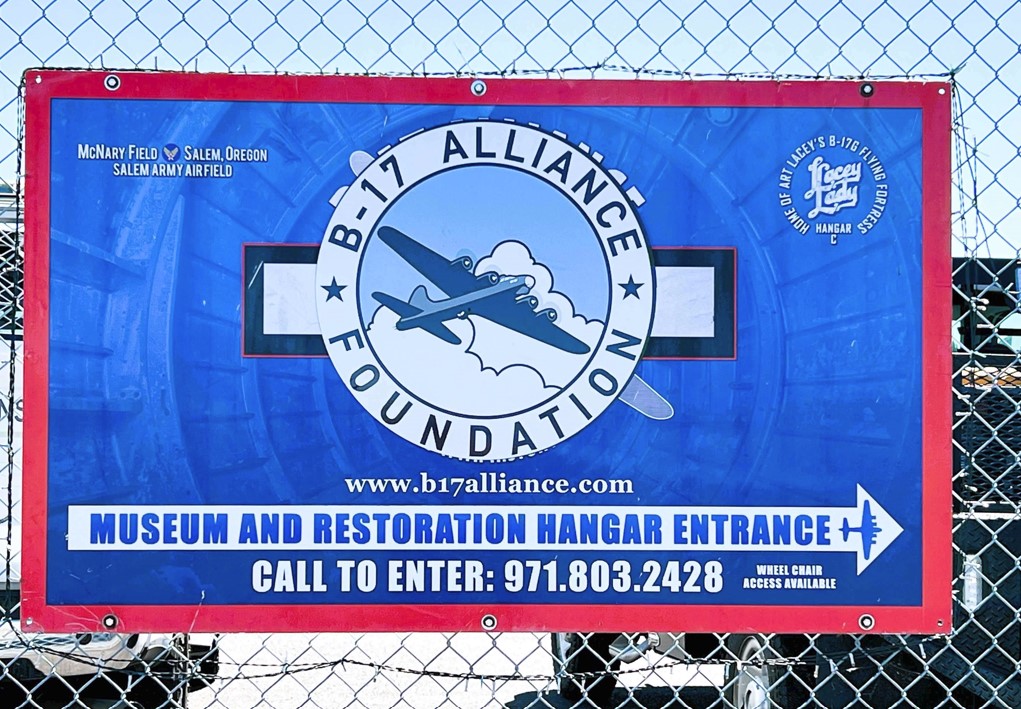
You can learn more about the project, and the history of this airplane on the B-17 Alliance Foundation’s site and in the piece we put together for The Points Guy site. But here’s a short version of the Gas Station Bomber story.
Milwaukie, Oregon gas station owner Art Lacey purchased a decommissioned B-17 bomber, one of the iconic four-engine “Flying Fortresses” used by the U.S. Army Air Force in World War II, in 1947 and used the “Lacy Lady” to turn his service station into a roadside attraction.
Into the late 1950s, motorists could climb up into the airplane for a look-around while their automobiles got filled up and serviced and then have a meal at the adjacent Bomber Restaurant.
The gas station closed in 1991 and in 2014 the B-17 Alliance moved the plane to a hangar at Salem Municipal Airport for restoration.
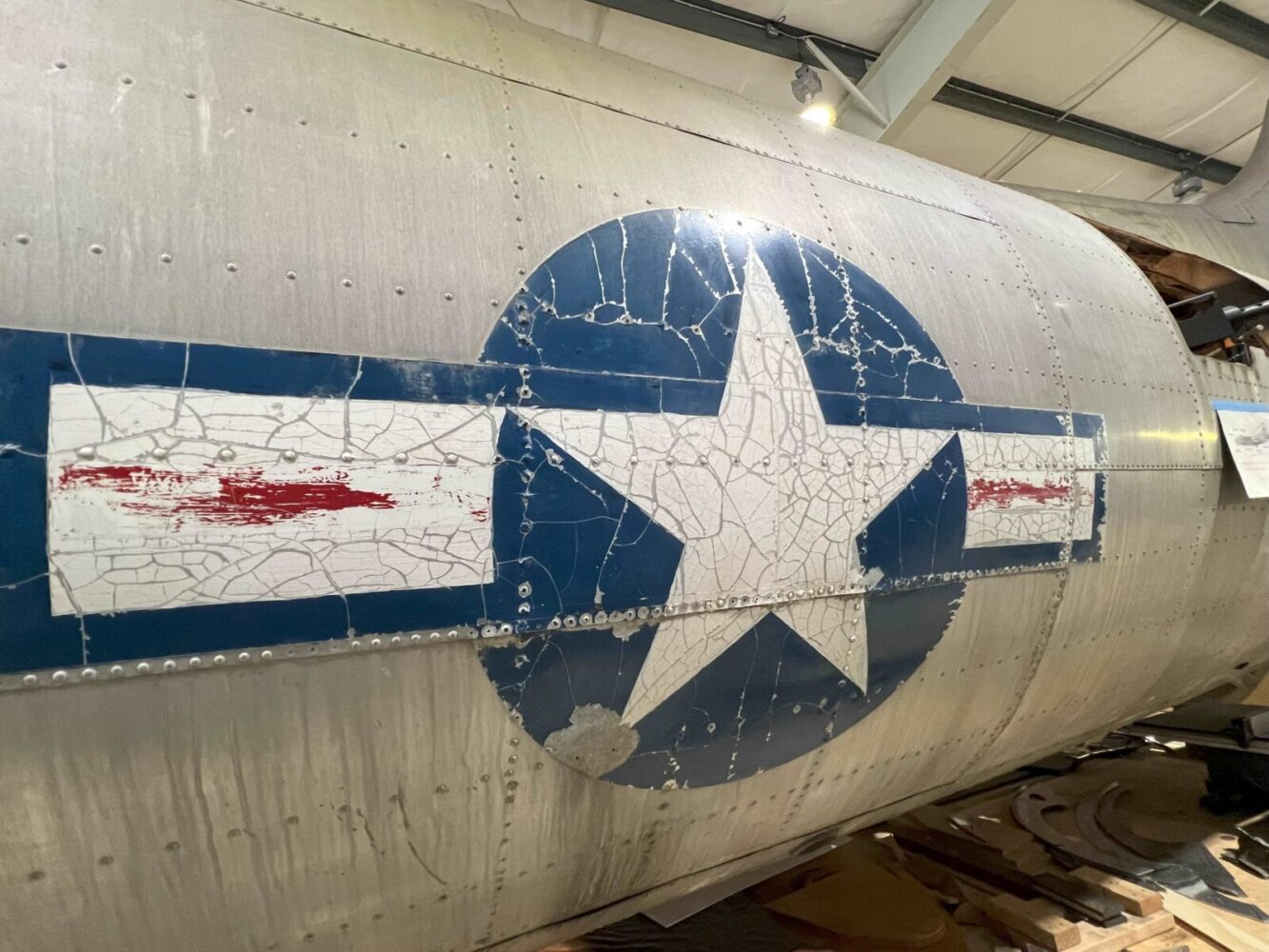
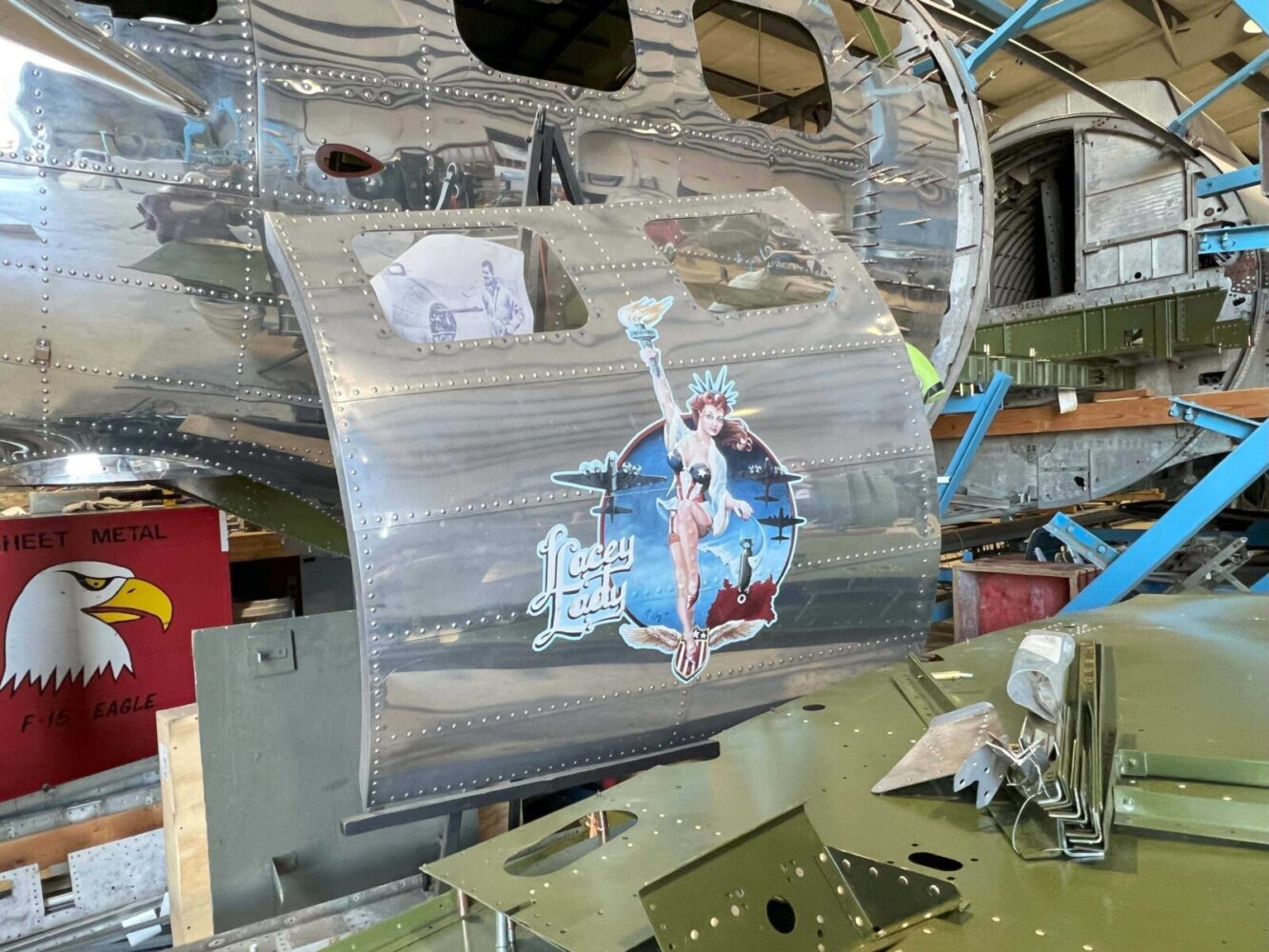
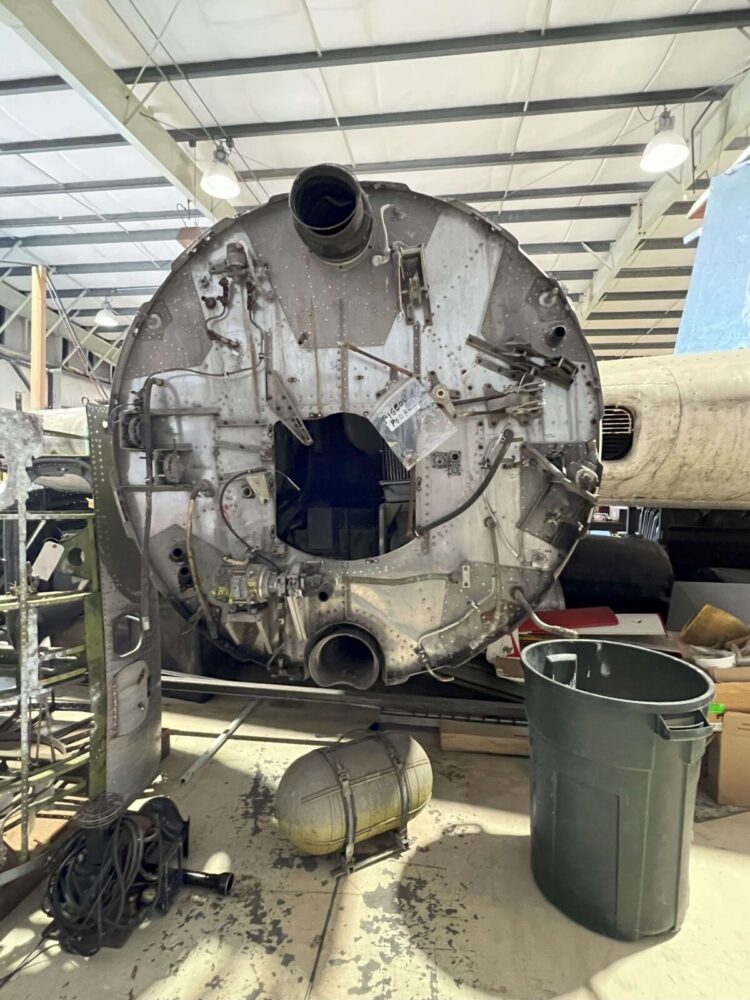
The group estimates that in addition to thousands of hours of volunteer time, it will take more than $6 million to get the airplane airworthy by, perhaps, 2037.
